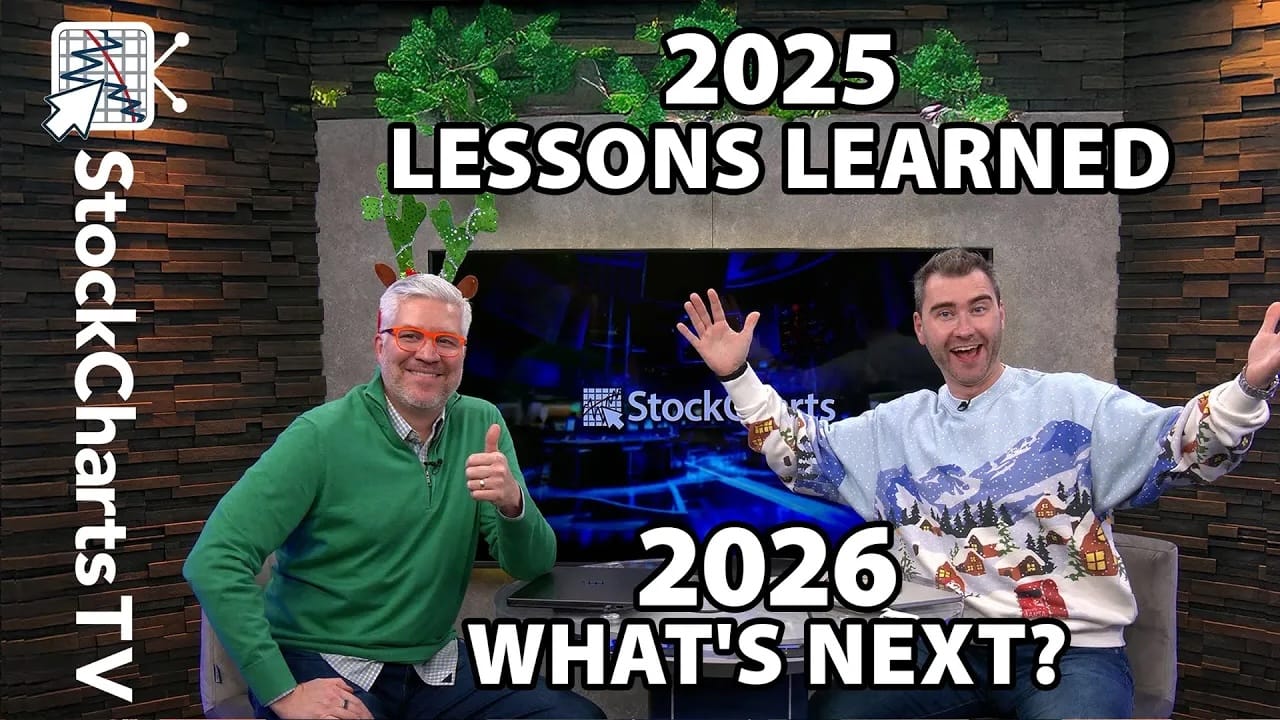DESPITE FRIDAY'S STOCK BOUNCE, TECHNICAL INDICATORS SIGNAL CAUTION -- THE S&P 500 HASN'T HAD A 5% CORRECTION IN MORE THAN A YEAR AND APPEARS OVERDUE FOR ONE
AUGUST AND SEPTEMBER ARE USUALLY WEAKER MONTHS... I've made references to seasonal patterns in some recent messages. I'm referring mainly to monthly seasonal patterns. Chart 1 plots the percent of months the S&P 500 closed higher over the last ten years. Average percentage gains (or losses) are shown near the bottom of each monthly bar. Although the chart covers only ten years, it pretty closely matches the monthly performances since 1950 (according to the Stock Trader's Almanac). A couple of things stand out on the chart. First, the period from November through April is normally stronger than the period between May and October. After an April bulge, the performance bars usually decline from May to September. Hence, the "sell in May" mantra repeated each year. That doesn't mean stocks always fall during the summer/autumn months. It means they usually don't do as well as the winter/spring period. Most corrections, however, do occur during the late summer/ early autumn period. The two weakest months of the year are usually August and September. October often starts off weak and ends up strong, which makes it a tricky month. A lot of corrections and bear markets have bottomed during October. That makes the August through early October period the most dangerous of the calender year. July normally experiences a summer bounce before the trend weakens again.

Chart 1
STOCKS MAY BE OVERDUE FOR A 5% PULLBACK ... The ziz-zag line in Chart 2 shows pullbacks of 5% or more in the S&P 500 since the bull market started in spring 2009. Pullbacks of at least 5% occurred in each of those years (using closing prices). Except for the past year. That's the period in the gray circle at the upper right of the chart. If you compare the length of that last upleg to prior years, you'll see that it's length seems unusual. And it is. I haven't confirmed it, but I read somewhere that this may be only the third time since the 1960s that the SPX has gone more than a year without a 5% pullback. The up arrow at the start of 2016 marked the end of a 15% correction that started the previous spring. The second arrow marks the end of a 5% pullback following the Brexit vote that June. It's been an uninterrupted rise since then. All of which suggests that the SPX is due for a 5% pullback. If one is going to occur, the seasonal bars in Chart 1 suggest the most likely time would be during the August/September period.

(click to view a live version of this chart)
Chart 2
STRONG JOBS REPORT HELPS STOCKS ... A strong jobs report on Friday helped boost the S&P 500 back over its 50-day moving average (Chart 3). That kept its May/June uptrend intact. The trend of its daily MACD lines on the top of Chart 3, however, still leaves cause for concern. A "negative divergence" has existed between its March and June highs, and the lines remain in negative alignment. That will have to be corrected to support higher prices. Friday's rebound also took place on lighter volume. Which brings us back to the seasonal patterns in Chart 1. The market may be getting the benefit of a normal July bounce. That, however, is followed by the more dangerous seasonal months between August and September into October. That may be a more likely time for a pullback to occur. September may be a pivotal month for some central bank decisions. The Fed and the ECB are widely expected to announce during that month plans to start reducing their bond holdings or purchases. There's also a chance that Britain and/or Canada may hike rates during that period. Any central bank surprises could unsettle the stock market during a seasonally vulnerable period. Which bring us back to Chart 3. If a pullback were to occur, the black box shows a potential support zone ranging from the May intra-day low at 2352 to the spring bottom. That would bring the SPX closer to a major support line extending back to its February 2016 bottom (green line). And its 200-day average (red line). A drop to the vicinity of its spring low (and those support lines) would represent a pullback of about 5% which, according to Chart 2, is long overdue.












